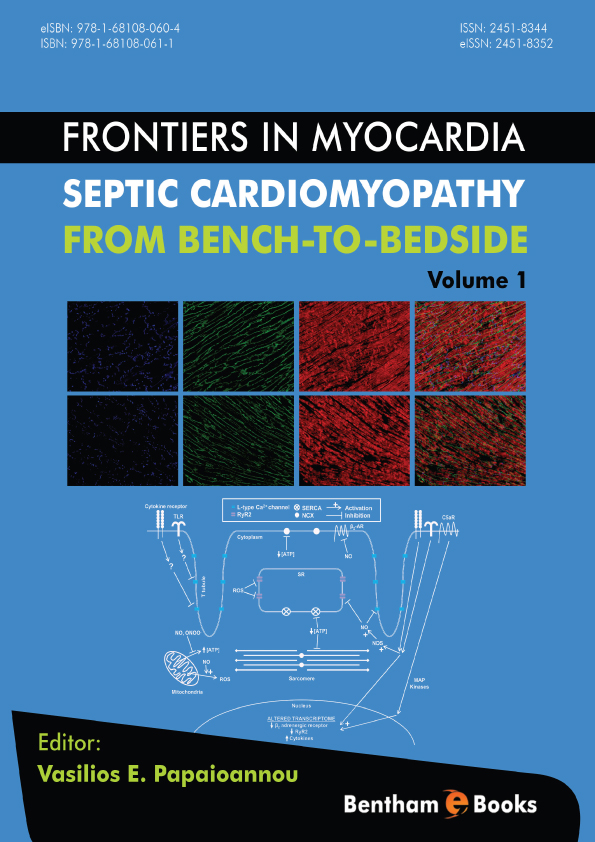Severe sepsis and septic shock are the most common scenarios that a caring physician may
deal with, when he is treating a critically ill patient in the Intensive Care Unit (ICU).
Moreover, early signs of severe infection associated with organ dysfunction might appear
when a patient is treated in a medical or surgical ward, within a hospital. Thus, early
diagnosis and prompt treatment are of paramount importance for improving survival of these
patients.
One of the most significant complications of sepsis is the cardiovascular compromise, mostly
due to a vasoplegia induced by different cytokines that are produced during systemic
inflammation. In addition, both left and right systolic and diastolic dysfunction has been
proven to occur in the course of severe sepsis. This cardiomyopathy, as has been shown from
Parrillo and Parker in the 80’ using portable radionuclide cardiac imaging and thermodilution
cardiac output measurements, is usually reversible within 7-10 days, whereas different
echocardiographic studies by Jardin and Baron since the 90’ have confirmed left and right
systolic dysfunction. In these cases, conventional estimators of ventricular function, such as
cardiac output and ejection fraction (EF), lack both sensitivity and specificity for accurate
assessment of heart performance, either due to significant afterload reduction or due to severe
pulmonary hypertension and alterations in left ventricular compliance.
There is a lot of debate in the literature regarding potential pathogenetic mechanisms of septic
cardiomyopathy, such as membrane ionic current remodeling, cardiomyocyte apoptosis,
different circulating depressive factors or autonomic nervous system (ANS) output effects. In
any case, both animal experiments and human echocardiographic studies reveal that intrinsic
mechanisms can be adaptative, leading to a sort of myocardial hibernation, or maladaptative,
producing severe cellular stress with associated necrosis or apoptosis. Current treatment of
septic shock other than antimicrobial treatment include fluid load, vasopressors and/or
positive inotropic agents, which might induce calcium overload and deteriorate cellular stress,
similar with band necrosis observed in stress-associated cardio-myopathy or the apical
ballooning syndrome.
In conclusion, we think that the topic of septic cardiomyopathy remains significantly
obscured, since there is a lot but scarred information in the literature concerning molecular or
electrophysiological pathophysiological mechanisms, diagnostic and therapeutic
interventions, monitoring tools, and specific treatment options.
The aim of this ebook is to gather scientists from different disciplines in order to provide
thorough and concise information regarding all aspect of this ‘disease’, from
electrophysiological and cellular alterations to clinical, laboratory and imaging technological
advances. In addition, it will present novel data concerning new promising treatments, in the context of septic shock management in the ICU.
Vasilios E. Papaioannou
Democritus University of Thrace,
Intensive Care Unit, Alexandroupolis Hospital,
Dragana 68100,
Greece,
Tel: 0030255105083
E-mail: vapapa@med.duth.gr

